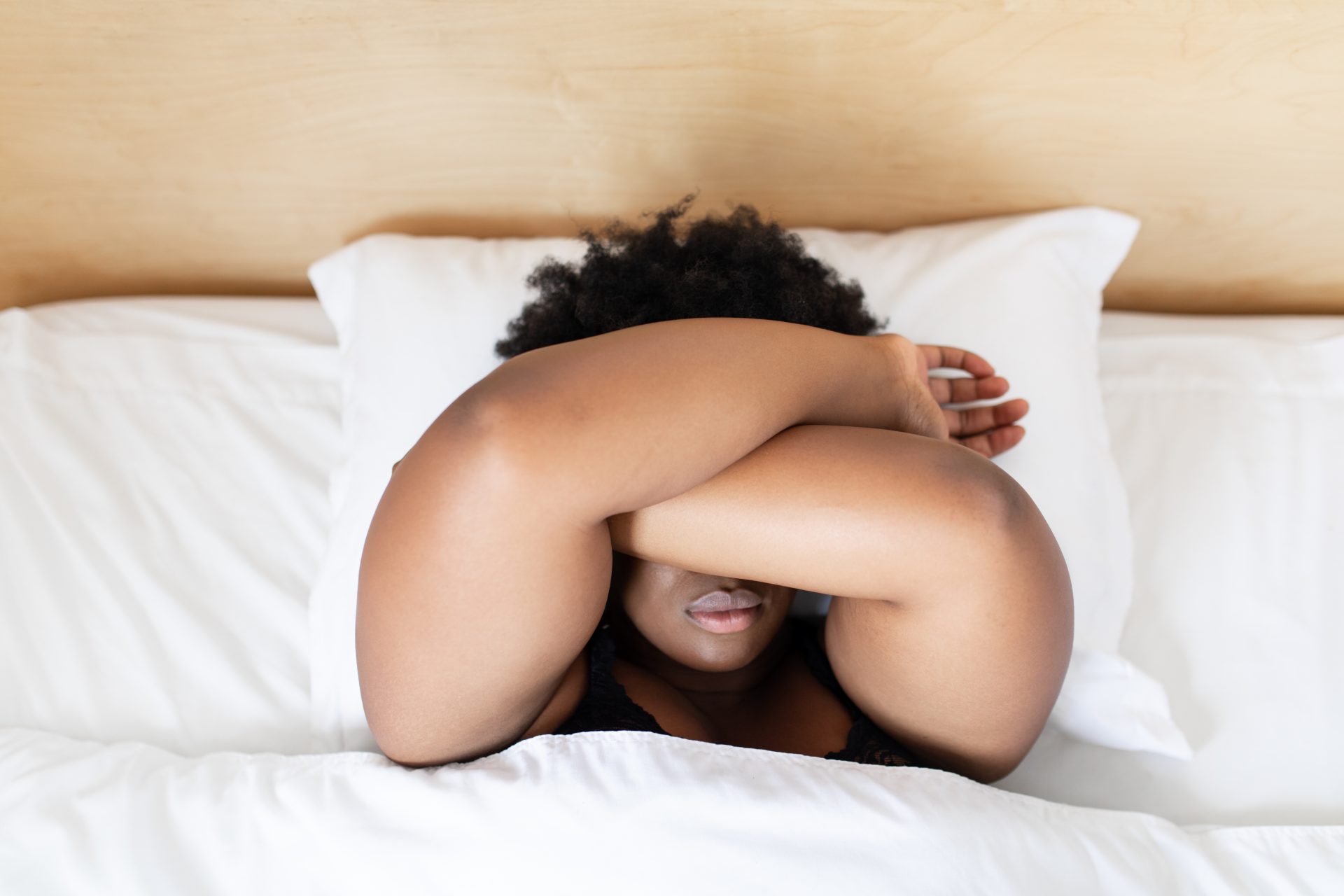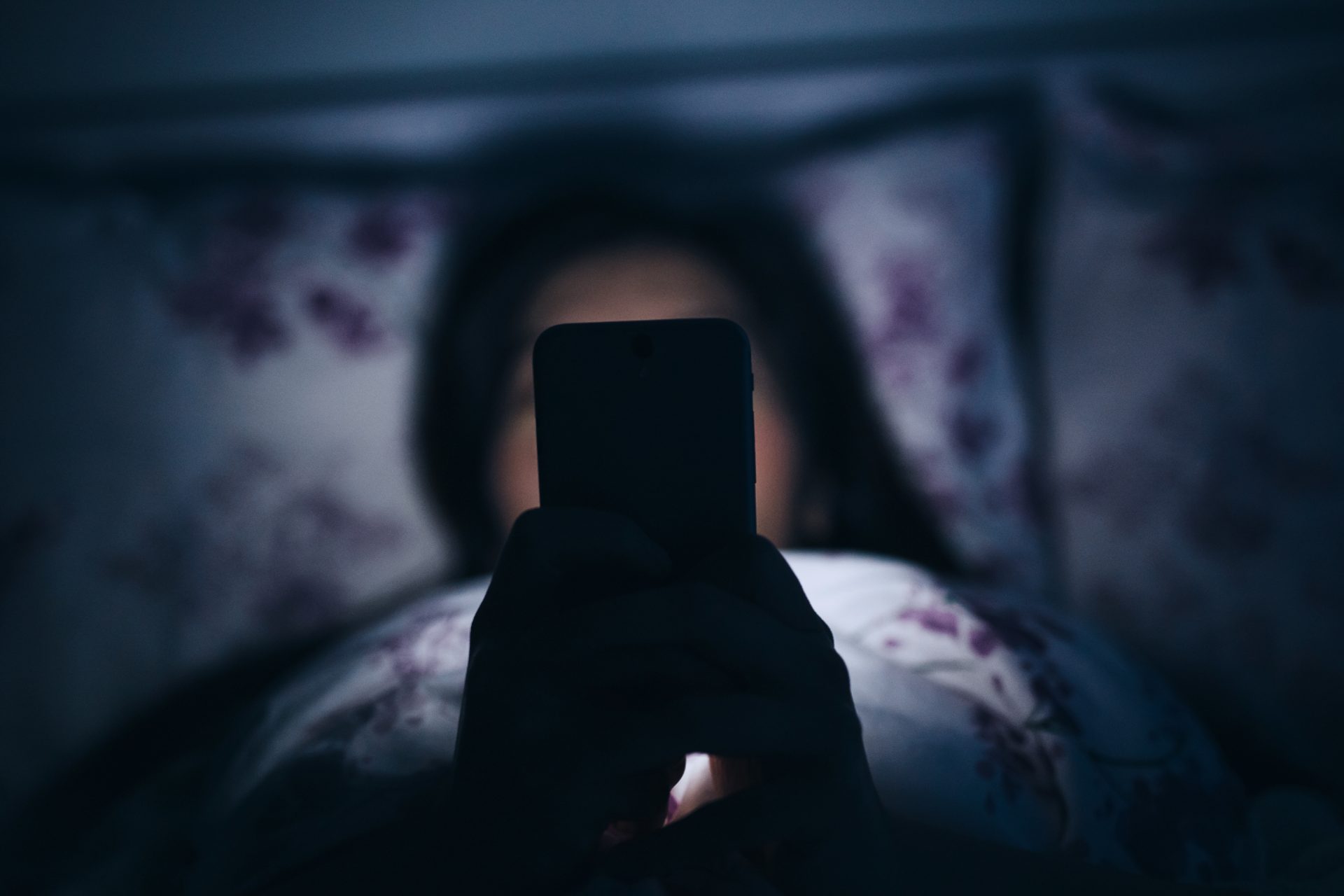Our night owl or early bird tendencies are actually rooted in our biology, known as chronotypes. Here’s everything you need to know about them.
Referring to yourself as a lark or an owl is an easy and well-recognised shorthand for explaining the times of day you thrive. Larks are known to wake and sleep early, while owls are more ‘nocturnal’, sleeping later at night and lying in longer in the morning.
But these aren’t just flippant stereotypes – there’s science to support these sleep patterns. They’re called chronotypes, the circadian typologies that impact alertness and sleepiness.
“Your chronotype is your timing system, which is set by the body clock in your brain that’s made up of 50,000 cells,” explains chronobiologist and head of sleep health at Somnia, Dr Katharina Lederle. “This clock sets the timing for everything that happens in our body, from when we sleep and wake to when our bowels move and hormones release. The timings of these things all vary between individual people.”
You may also like
How do I fix my circadian rhythm? The 5 ways to reset your body clock
Chronotypes don’t stop at owl and lark – there are many different timing categories that we can fall into. Psychologist Dr Michael Breus is credited with creating one of the most popular ways of categorising chronotypes, labelling people as a lion (the early risers), bear (who follow the rising and setting of the sun), wolf (the classic late risers) or dolphin (the nearly nocturnals).
“From a scientific point of view, it’s more of a spectrum than distinct categories,” says Dr Lederle. She points to a 2019 study that found seven fluid groups, ranging from extremely early through more moderate sleep patterns, and ending with extremely late.Most of the population lies somewhere around the middle, from ‘slightly early’ to ‘slightly late’.
How to figure out your chronotype
Some people just seem to know the schedule that works best for them. Others may not know exactly when they function best, and finding out your ideal biological sleep and wake times can help.
There are quizzes you can take to find yours, such as the Automated Morningness-Eveningness Questionnaire.

However, a quiz can’t tell you about yourself better than your body can. “I find that the best way to really work out the cycle that suits your body is when you take holiday from work,” says Dr Lederle. “When you have at least six days leave, without crossing any time zones (because that will make it complicated) and avoid drinking or partying, you can listen to when you naturally feel wakeful and sleepy.
“Because most of us carry sleep debt, meaning we have sleep to catch up on, we tend to spend the first few days of rest repaying that debt. By day five or six, you should start to find out what your chronotype is.”
One of the most obvious benefits to knowing your chronotype is being able to manage your diary – you can plot your workouts, meetings or social events at the time you’ll be most alert and active. But knowing when you’re set up to rest has big benefits. “It helps you sleep better and for longer, so your quality and quantity of rest is improved, which comes with huge health benefits,” says Dr Lederle.
You may also like
Sleep deprivation: This is how lack of sleep is really affecting our health
Is there a best chronotype and can you change yours?
In an ideal world, we’d all work out our chronotypes and live our life accordingly. The reality is that many of us have to work against our ideal schedules because of the way our society is set up. Even after the ‘flexible working’ revolution of lockdown, you still don’t see night owls rolling into the office at 2pm after a long lie-in.
“Our work culture is designed for people like me, the early ones. So from a work perspective, the owls do miss out. But when you think about social hours, the owls actually win – I know I can’t stay up until 1am,” says Dr Lederle.
Late chronotypes may get the worst rap, as we applaud those who can jump out of bed to exercise and organise their lives all before their work day starts. Is that fair?
“In studies, we see there is an association between being a late person and poor physical and mental health. Whether that is specific to being an owl or because they so often live against their clock because of how society works is not entirely clear. My hunch is that it’s probably a bit of both,” says Dr Lederle.

The good news is that chronotypes are adaptable. They naturally change throughout our life, moving from majority early risers in childhood to late risers as teenagers and early adulthood, and shifting earlier again as we age.
“But you can also shift your natural body clock to an earlier one – mainly through light exposure,” says Dr Lederle. “What that means is you want to make it as bright as possible in the morning and then dim the lights in the evening as early as you can. That’s a problem for most of us because we all like our phones, tablets and laptops on at night.”
In a 2017 study by the University of Colorado, students went camping with no access to artificial light for a weekend. Researchers found that just the short time exposed to natural light was enough to achieve a 69% shift in circadian timing.
“It shows that often the chronotype we think we are might not even be accurate – it is the light that keeps so-called night owls alert. Paying attention to your lifestyle can easily shift your clock back to where it naturally wants to be,” Dr Lederle explains.
“You can follow this up with your eating window as well. Late chronotypes can shift their dinner time to earlier in order to sleep earlier too. You would do the same with exercise, if not moving it to the morning then moving it to late afternoon or early evening so it’s not close to bedtime,” she adds. Fake it until you make it, seems to be the message here – living like the person you want to be until your chronotype falls in line.
Images: Getty
Source: Read Full Article
